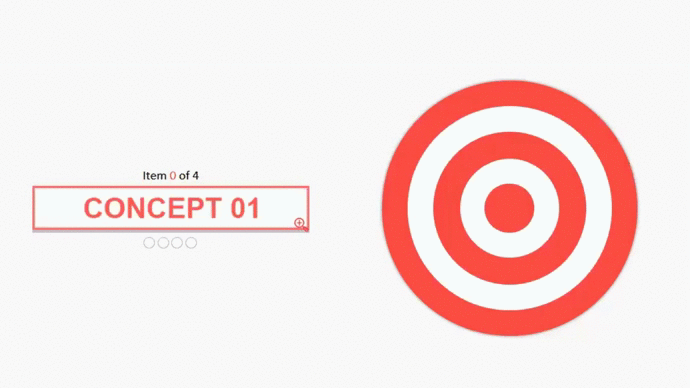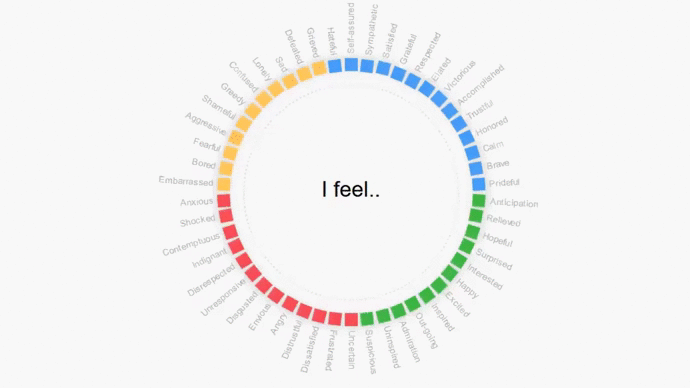What Is Brand Tracking
Brand tracking is a marketing research technique that takes measurements of a brand at regular intervals of time. The goal is to identify those things having positive or negative impacts on the growth of the brand and to make strategic changes that will improve its chances of success.
Brand trackers typically fall into three categories. Some focus on financial metrics such as customer, sales, market share, or price data and rely on business intelligence and data analytics. These studies typically use pre-existing, internal business data. Other trackers use behavior data such as website page clicks or search volumes.
Finally, some brand trackers rely on consumer metrics such as perception, opinion, and behavior data. These studies typically use questionnaires or user-generated social media listening data. Here, we will focus mainly on brand tracking using consumer metrics as measured by questionnaire data.
What are the Benefits of Brand Tracking
Brand tracking has many benefits for brand managers, marketers, and business leaders.
Trackers help brand managers:
- Understand the perceptions a variety of target audiences or personas have about the brand in terms of what they think, feel, and do
- Understand the pain points of each target audience
- Identify the product features, messages, and channels that matter to their audience
- Improve products and services in keeping with the needs and wants of their audience

- Understand how customers position the brand within the competitive space based on product capabilities, pricing, and channels, etc.
- Monitor the performance of competitors in terms of which ones to pay attention to because they are gaining or losing ground over their brand
Trackers help marketers
- Understand how various target audiences as identified through segmentation research perceive and react to a variety of branding and messaging strategies
- Identify and optimize under and over-performing marketing and brand strategies
- Identify under and over-performing marketing channels that deserve or don’t deserve additional funding
Trackers help business leaders
- Identify whether a brand is meeting, beating, or missing growth expectations
- Identify concerns about a product, channel, or competitive brand before they escalate into problems
- Discover opportunities for innovation
Key Metrics for Brand Tracking
Theoretically, there are unlimited questions that could be asked as part of a brand tracker. However, to ensure research participants remain engaged and can generate quality data, it’s important to focus on just a few key metrics. Here are some example questions to consider.
Brand Purchase: Brand purchase is one of the most important metrics to track as it reflects recalled behavior over perceptions. This is particularly important when you understand that people regularly buy things they don’t personally like because of cost or availability, or because those items are for other people. Keep in mind that, for some people, purchase could be more accurately described as trial – a one time purchase that they don’t plan to make again.
- In just the last 7 days, what brands of product category have you bought? (Unaided)
- In just the last 7 days, which of these brands of product category have you bought? (Aided)
Brand Repurchase: Like purchase, this metric reflects recalled behavior. In this case, it measures purchase of the brand on multiple occasions. Similar to brand purchase, repurchase could be an artifact of cost or availability rather than loyalty or brand love. However, repeat purchase is the goal of most brands.
- The next time you go shopping, which brand of product category will you buy? (Unaided)
- The next time you go shopping, which of these brands will you buy? (Aided)
- Which of these brands do you buy most often?
- Which of these brands do you buy at least once per month?
Brand Loyalty: Most brands are keen to create brand loyalty. People who are truly brand loyal are much less likely to switch to competitive brands even when they are more readily available or have more favorable pricing. This makes premium pricing a possibility.
- If your preferred brand was not available in your usual store, would you buy a different brand, wait until your brand was available in your store, or go to another store?
Brand Preference: Brand preference indicates which brand people would choose if the appropriate situation arose. Remember that even though people may prefer a brand, they might never buy it if it’s not the right price, not available at their store, or disliked by other household members.
- When you think of this product category, which brand do you most prefer? (Unaided)
- From this list of brands, which one do you most prefer? (Aided)
Brand Consideration: When retailers offer a large number of brand choices, people may focus their attention on just a few of those brands. Your brand needs to be strong enough to stand out amongst all the competitive offerings to remain in that final consideration set. Again, consideration is not the same as purchase – someone could always keep a well-respected brand in their consideration set but never actually buy it.
- When you think of this product category, which brands would you consider buying? (Unaided)
- From this list of brands, which ones would you considering buying? (Aided)
Unaided and Aided Brand Awareness: Unaided awareness occurs when people are asked about brands in the category and they choose to name your brand. Aided (prompted) awareness is typically higher and reflects the percentage of people who recognize your brand in a list of competitive brand names or logos.
- When you think of this product category, which brands come to mind first? (Unaided)
- From this list of brands, which ones have you heard of? (Aided)
Brand Recall: Hours, days, or weeks after seeing your brand in a campaign or in the news, do people remember seeing it? High recall occurs when messaging is intriguing or relevant enough to generate notice and retention.
- In just the last 7 days, what brands of product category have you seen advertised on TV? (Unaided)
- In just the last 7 days, which of these brands of product category have you seen advertised on TV? (Aided)
Brand Perceptions: Brand perception metrics are far more nebulous than the previous metrics discussed. They generally reflect opinions, attitudes, and emotions people have about the brand, whether conscious or unconscious, and are typically measured via attribute batteries or lists of ideas. These metrics are most helpful at supporting or driving the other metrics.
- Which of these words reflect your opinions about this brand?
- What 3 things do you like about this brand?
- Please explain the differences between Brand A and Brand B.
- Which of these brands is most innovative? Fun? Likeable? Effective? Different?
How Often Should You Run a Brand Tracker
The key differentiator of trackers is that they are run at regular intervals over time, perhaps daily, weekly, monthly, quarterly, or annually. Here are a few key criteria to keep in mind as you decide.
How active is your brand? Think about whether you launch new campaigns, run webinars, make major announcements, or change product features daily, weekly, monthly or less often. If people see new and different activity from you on a regular basis, you may need to conduct your trackers more regularly so you can identify which items have hit or missed the mark.
How active is your category? If your category experiences rapid innovation, news headlines that constantly change, or new competitors constantly entering the arena, you might need to track more frequently. Consumer opinions could quickly and easily change based on any of those and you’ll need to identify and act on external risks to your brand as quickly as possible.
What is your measurement tool? Social media data, sales data, online purchase ratings, and consumer generated reviews are easily tracked on a daily basis, even an hourly basis. In rare cases, questionnaires have been used for daily tracking but they’re more often used for weekly or less frequent tracking. If your metrics are best measured by social media data, you could choose more frequent intervals as long as they don’t eat up someone’s time unnecessarily, (e.g., manual preparation or analysis).
Remember, just because you can track and measure something more often doesn’t mean you should. Track your metrics as often as is necessary to be proactive and reactive in your category environment.
How to Conduct a Brand Tracker Study
- Identify your brand purpose, mission, and vision. In order to know what to track, you first need to know what your brand stands for, and what you want your consumers to think, feel, and do about your brand. With this information, you can ensure your data collection tool addresses key concepts and can generate relevant results.
- Identify your target audience. It’s easy to think only about your own customers but that will generate an incomplete picture of your brand. Also consider people who might eventually purchase your product whether for themselves or for a friend or family member. With this information in hand, you can ensure the questions you write will make sense to both users of the product and buyers of the product.
- Identify the key brands. You might be tempted to include every product your company makes in your tracker but that will lead to an unfocused and disorganized questionnaire that people can’t answer accurately. Focus on one brand in one category. Then, identify the key competitors of that brand, including the brands you admire, are jealous of, and worried about. This will give you a baseline metric to understand whether you’re over or under-performing in your category, and to identify which brands you’re taking share from – or which brands are taking share from you!
- Identify the key metrics. As previously described, there are literally hundreds of potential metrics to choose from. Identify the ones that are most relevant in identifying the success and failure of your brand. Don’t let your ego or chasing KPIs prevent you from seeing the negatives. Without those, you won’t know what needs to be fixed in order to achieve huge growth.
- Identify what success looks like. You need a clear definition of success to prevent confused interpretations of the data and to keep yourself honest. For struggling brands, status quo might be success. For huge brands, 3% growth might be success. But, fresh brands might only find success with growth higher than 35%. Decide on the success requirement for each key metric prior to data collection.
- Identify the sample size. Once you know what your metrics and your success measures are, calculate the sample size required to accommodate them. For example, if success for you is an increase in purchase rates from 5% to 25%, you might only need a sample size of 100. But, if success is an increase from 5% to 8%, you’ll need a much larger sample size to be able to reliably detect it, perhaps up to 1000.
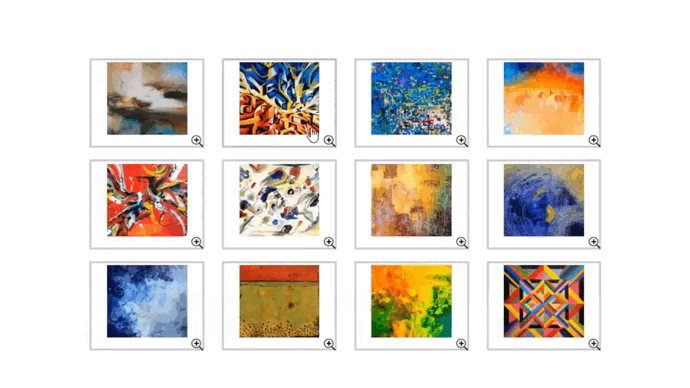 Build the tool. Now that you know what your metrics are, build the tool to measure them. That could be a questionnaire, social media listening data, click stream data, or sales data. Using a combination of two or more methods will allow you to cross-validate your findings so your conclusions and recommendations are more trustworthy. As you build the tool, make sure to measure both positive and negative aspects of the brand. Chasing positive KPIs rather than understanding your brand means you won’t be able to prevent or fix problems and the brand will suffer in the longer term. And, take the time to create an interesting tool that will help participants remain engaged and pay close attention.
Build the tool. Now that you know what your metrics are, build the tool to measure them. That could be a questionnaire, social media listening data, click stream data, or sales data. Using a combination of two or more methods will allow you to cross-validate your findings so your conclusions and recommendations are more trustworthy. As you build the tool, make sure to measure both positive and negative aspects of the brand. Chasing positive KPIs rather than understanding your brand means you won’t be able to prevent or fix problems and the brand will suffer in the longer term. And, take the time to create an interesting tool that will help participants remain engaged and pay close attention.
- Collect data. Take care to not add bias to your data by insisting on extremely short field times. Collecting data over 2 weeks ensures that shift workers, weekend and evening workers, technology avoiders, and people traveling all have the opportunity to participate. Without these people, your data could be biased towards people who are at their keyboards at the moment you launch the survey, a small minority of people.
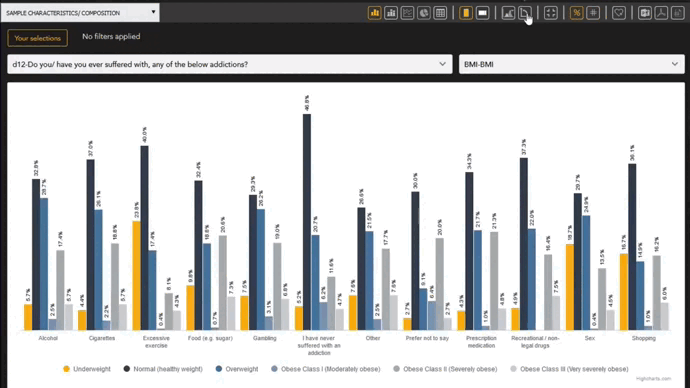 Analyze the results. When brands take small or few actions throughout the year, tracker results can be stable and minimally useful. As a result, in addition to basic frequencies and averages for the total sample and subsamples, use dashboards to search for unexpected or unusual results. Those serendipitous results could be random chance never to be seen again, but they could also be an amazing discovery. Be prepared to conduct ad hoc research to confirm or deny those discoveries.
Analyze the results. When brands take small or few actions throughout the year, tracker results can be stable and minimally useful. As a result, in addition to basic frequencies and averages for the total sample and subsamples, use dashboards to search for unexpected or unusual results. Those serendipitous results could be random chance never to be seen again, but they could also be an amazing discovery. Be prepared to conduct ad hoc research to confirm or deny those discoveries.
- Act on the results. Based on your data analysis, change your branding, messaging, advertising, marketing, or business processes to improve negative aspects and leverage positive aspects. Remember that consumers need adequate time to notice, remember, and truly internalize the messages you’re sharing so don’t worry if you don’t see the numbers you hoped for after the first wave. And, if you notice issues or flaws in the data collection tool, improve those as well. Remember, you CAN change a tracker.
- Repeat. You won’t need to completely repeat each stage each time, but you should at least review and consider whether any stages need to be updated or improved.
What’s Next?
Are you ready to take proactive steps to understand your brand and make strategic changes to improve its chances of success? Email your project specifications to our research experts using Projects at E2Eresearch dot com. We’d love to help you turn your enigmas into enlightenment!
Learn more from our case studies
- Monitoring Blockchain Adoption Over Time | A survey case study
- Tracking Customer Satisfaction Across 8 Countries – A food consumer survey case study
- Tracking Physician Perceptions of Diabetes Pharmaceutical Representatives – A physician survey case study
- Tracking Retail Attributes to Identify Gaps for Improvement | A retail case study
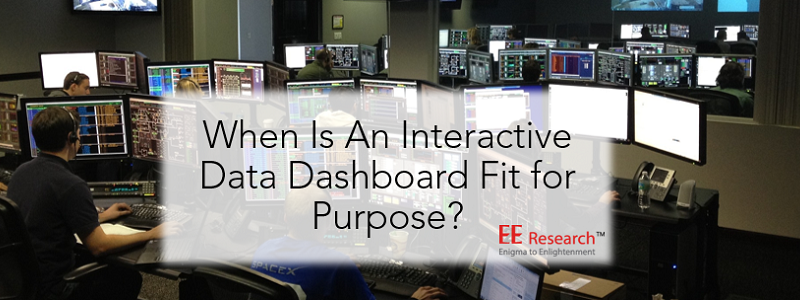
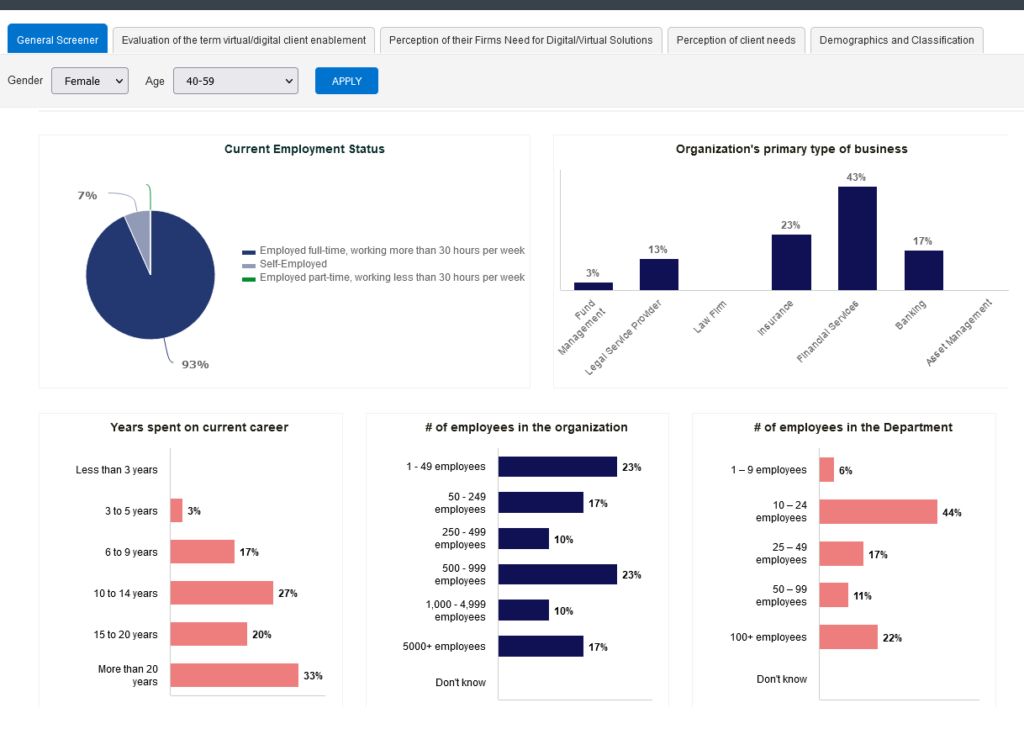 Huge Sample Sizes
Huge Sample Sizes It’s impossible to anticipate every possible, meaningful analysis prior to writing a report. With a user-guided dashboard, you can check hunches, test wild scenarios, and discover insights that were secondary (or tertiary) to the original research questions or that weren’t obvious at the time of writing. And, these analyzes can be done even by those who don’t have access to or knowledge or SPSS, SAS, or the original data tables.
It’s impossible to anticipate every possible, meaningful analysis prior to writing a report. With a user-guided dashboard, you can check hunches, test wild scenarios, and discover insights that were secondary (or tertiary) to the original research questions or that weren’t obvious at the time of writing. And, these analyzes can be done even by those who don’t have access to or knowledge or SPSS, SAS, or the original data tables.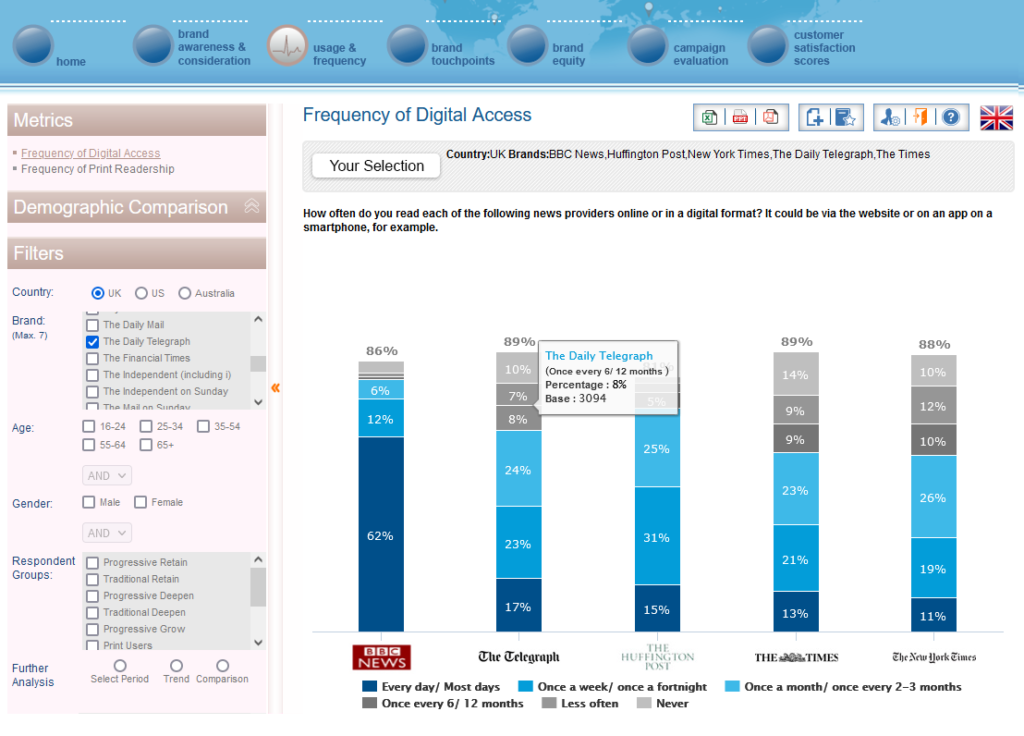 After you’ve decided that an interactive, user-guided data dashboard is the right reporting tool for your research, then you need to actually build that dashboard. Here are a few key tips to keep in mind during the development process.
After you’ve decided that an interactive, user-guided data dashboard is the right reporting tool for your research, then you need to actually build that dashboard. Here are a few key tips to keep in mind during the development process. No matter what kind of dashboard you need, you will be available to find a solution. If you can focus on your audience and your goal, you’ll be able to properly distinguish between
No matter what kind of dashboard you need, you will be available to find a solution. If you can focus on your audience and your goal, you’ll be able to properly distinguish between 
